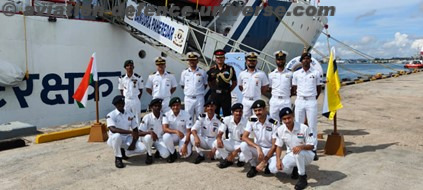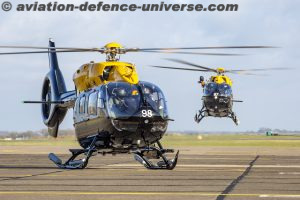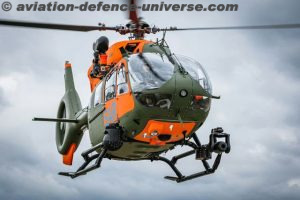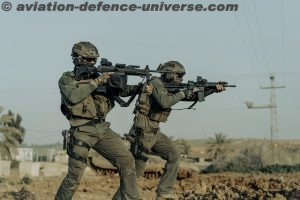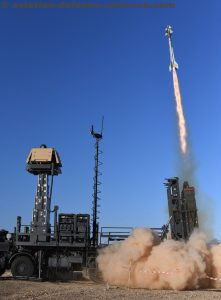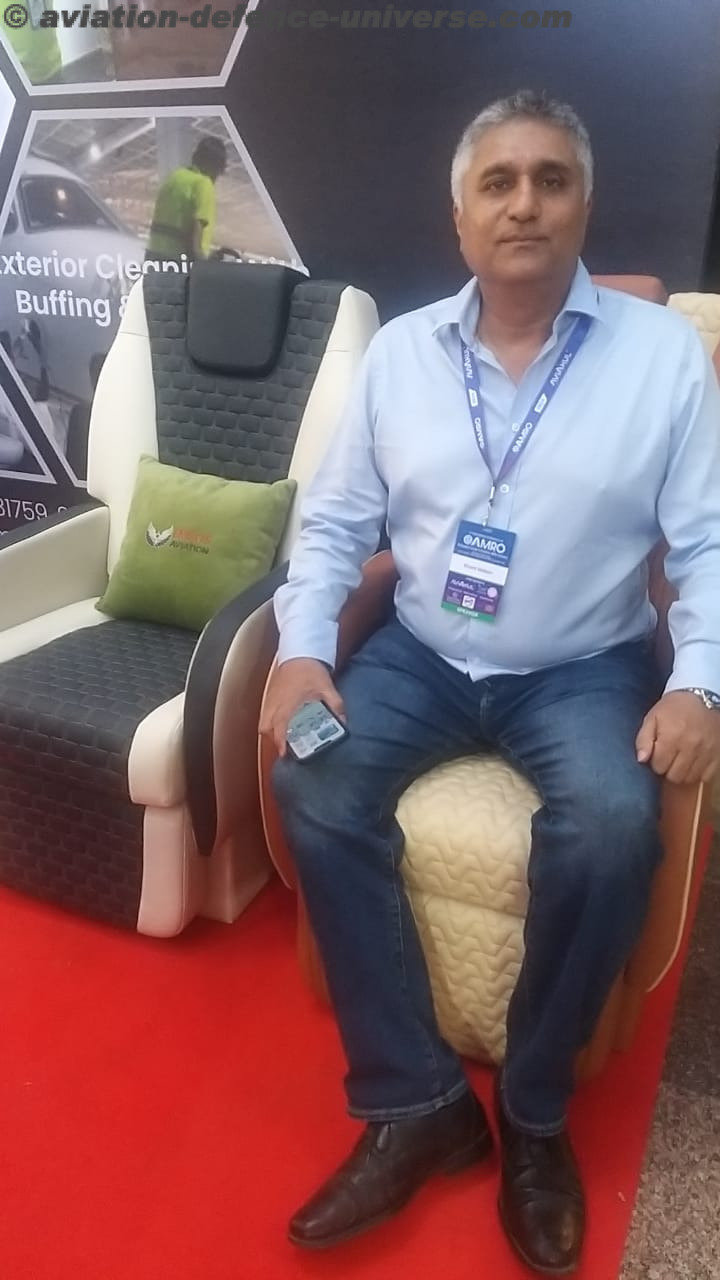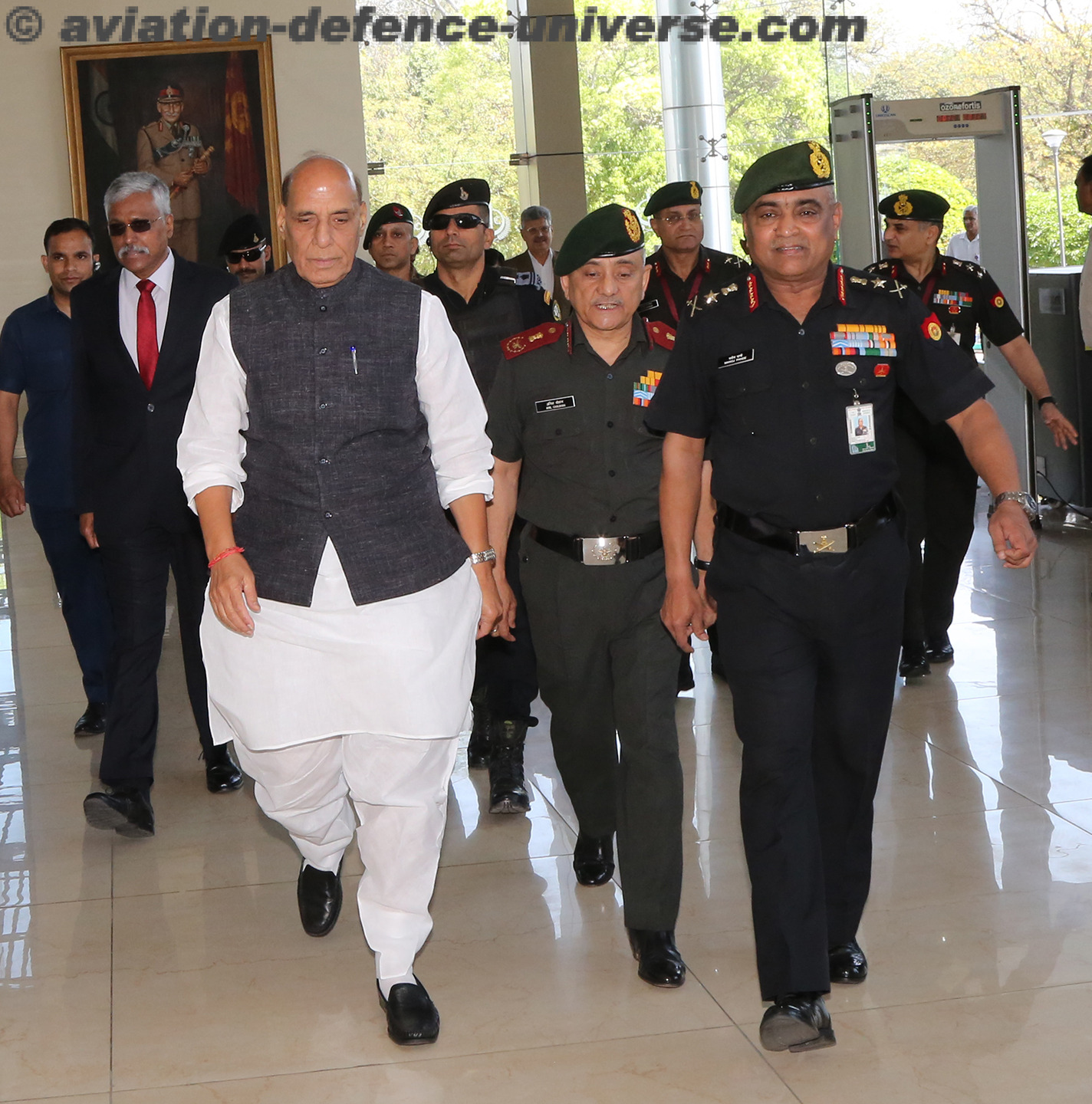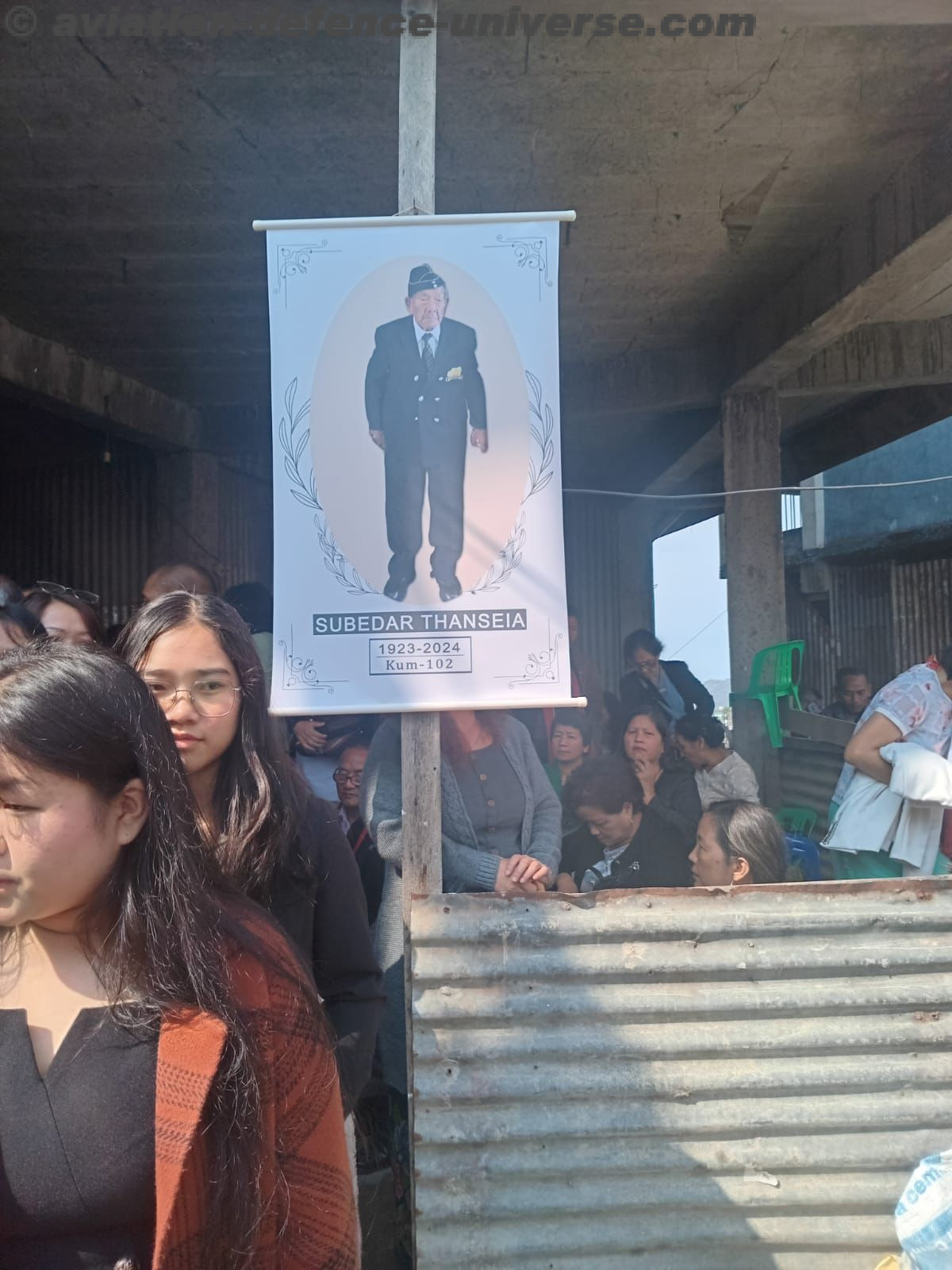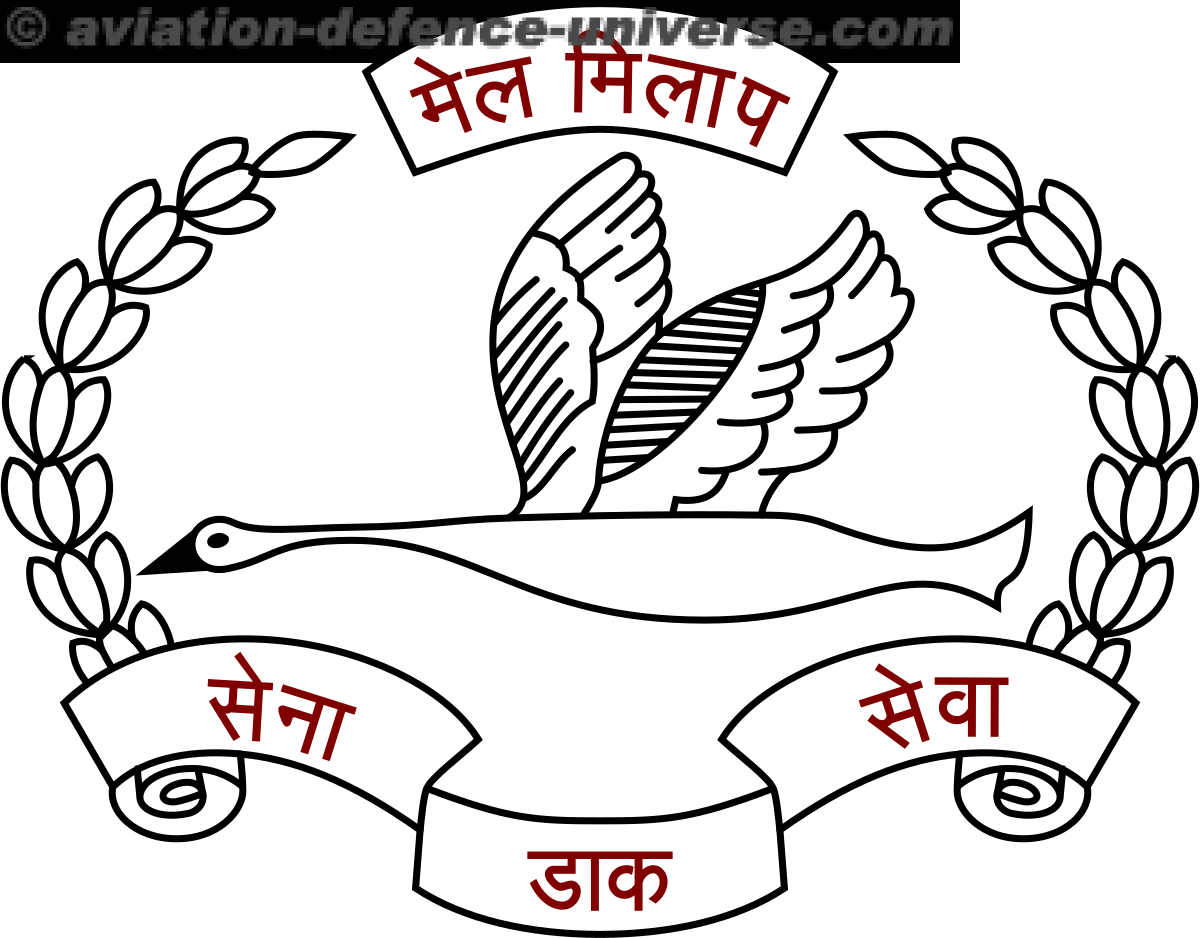By our infantry correspondent.
New Delhi. Amidst rumours that it fires back on our own soldiers, plagued by reliability problems , in April 2015 the Indian government replaced many INSAS rifles with older AK-47s.
INSAS (an abbreviation of Indian Small Arms System) is a family of infantry arms consisting of an assault rifle and a light machine gun (LMG). It is manufactured by the Ordnance Factories Board at Ordnance Factory Tiruchirappalli, Small Arms Factory Kanpur and Ichapore Arsenal. The INSAS assault rifle is the standard infantry weapon of the Indian Armed Forces.
 Originally, three variants were planned in the INSAS system, a rifle, a carbine and a squad automatic weapon (SAW) or Light machine gun (LMG). In 1997, the rifle and the LMG went into mass production. In 1998, the first INSAS rifles were displayed at the republic day parade. The introduction of the rifle was delayed due to the lack of 5.56×45mm ammunition, large quantities of the same were bought from Israel Military Industries. The rifle first saw action during the Kargil War in 1999. About 300,000 units are currently in use by the Indian armed forces.
Originally, three variants were planned in the INSAS system, a rifle, a carbine and a squad automatic weapon (SAW) or Light machine gun (LMG). In 1997, the rifle and the LMG went into mass production. In 1998, the first INSAS rifles were displayed at the republic day parade. The introduction of the rifle was delayed due to the lack of 5.56×45mm ammunition, large quantities of the same were bought from Israel Military Industries. The rifle first saw action during the Kargil War in 1999. About 300,000 units are currently in use by the Indian armed forces.
INSAS Standard Rifle is a gas operated assault rifle. It can be fired in single round or three-round burst mode. A new model with black furniture incorporating full-auto mode is also being introduced. A telescopic sight or a passive night sight can be mounted on it. It can take NATO-standard 5.56×45mm SS109 and M193 ammunition. It comes with a bayonet. It has a mount point for the ARDE 40 mm under barrel grenade launcher, along with a gas-block for launching grenades and grenade iron-sights. The flash suppressor has a blank-firing adaptor. It also has a foldable butt version.
During the 1999 Kargil War there were complaints of jamming, the magazine cracking due to the cold and the rifle going into automatic mode when it was set for three-round bursts.There was also a problem of oil being sprayed into the eye of the operator. Some injuries during firing practice were also reported.
 Similar complaints were also received from the Nepalese Army. In August 2005, after 43 soldiers were killed in a clash with Maoists, a Nepalese Army spokesman called the rifle substandard and their counter-insurgency operation would have been more efficient with better weapons. The Indian embassy released a statement that rejected the claim and attributed it to improper use, it also offered training for the rifle’s correct use. These issues have occurred many times in later dates in a report by the Indian Ministry of Defence’s Press Information Bureau.
Similar complaints were also received from the Nepalese Army. In August 2005, after 43 soldiers were killed in a clash with Maoists, a Nepalese Army spokesman called the rifle substandard and their counter-insurgency operation would have been more efficient with better weapons. The Indian embassy released a statement that rejected the claim and attributed it to improper use, it also offered training for the rifle’s correct use. These issues have occurred many times in later dates in a report by the Indian Ministry of Defence’s Press Information Bureau.
 On 8 August 2011, Pallam Raju, then Minister of State for Defence, replying to a question in the Lok Sabha said that all these problems had been rectified. In November 2014, the CRPF requested to drop the INSAS as their standard rifle due to problems with reliability. The then Director General of CRPF Dilip Trivedi said that the INSAS jams more frequently compared to the AK-47 and the X-95.
On 8 August 2011, Pallam Raju, then Minister of State for Defence, replying to a question in the Lok Sabha said that all these problems had been rectified. In November 2014, the CRPF requested to drop the INSAS as their standard rifle due to problems with reliability. The then Director General of CRPF Dilip Trivedi said that the INSAS jams more frequently compared to the AK-47 and the X-95.
New Delhi has defended the use of the rifle, saying that casualties should not be blamed on the weapon itself. A parliamentary committee in 2015 has investigated on why production of a high-quality assault rifle was not being produced.
Accurate lightweight rifle, compact and handy, suitable for terrestrial and maritime assignments, compatible with NATO standard ammunition 5.56 x 45 mm SS 109, M 193, quick mounting of Passive Night Sight/ Daylight Telescope with multipurpose bayonet functions as Saw, Wire cutter, Bottle opener, Knife, Screw driver, Hammer and Dagger, INSAS 5.56 rifle was an ambitious project of DRDO and a most awaited product of the Ordnance Factories Board. This author had the privilege of seeing the prototype of the gun in Pune and still remembers the excitement of the scientific community over it. What went wrong, where and how needs to looked into. How could a product so well planned to be an asset to the soldier turn into liability?








